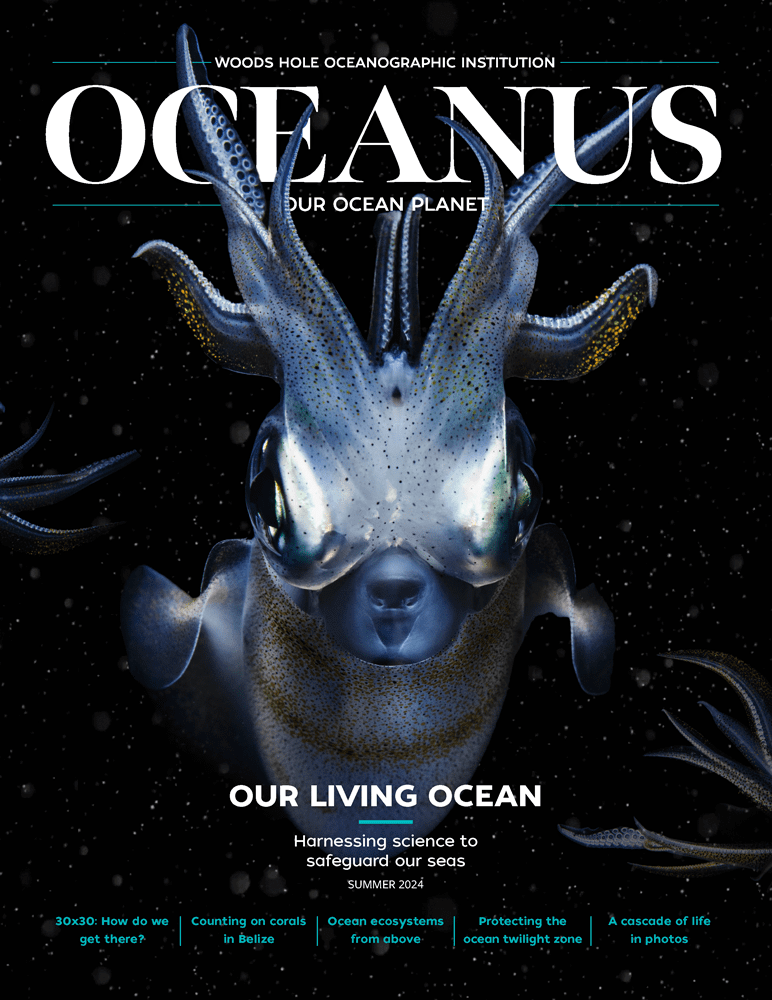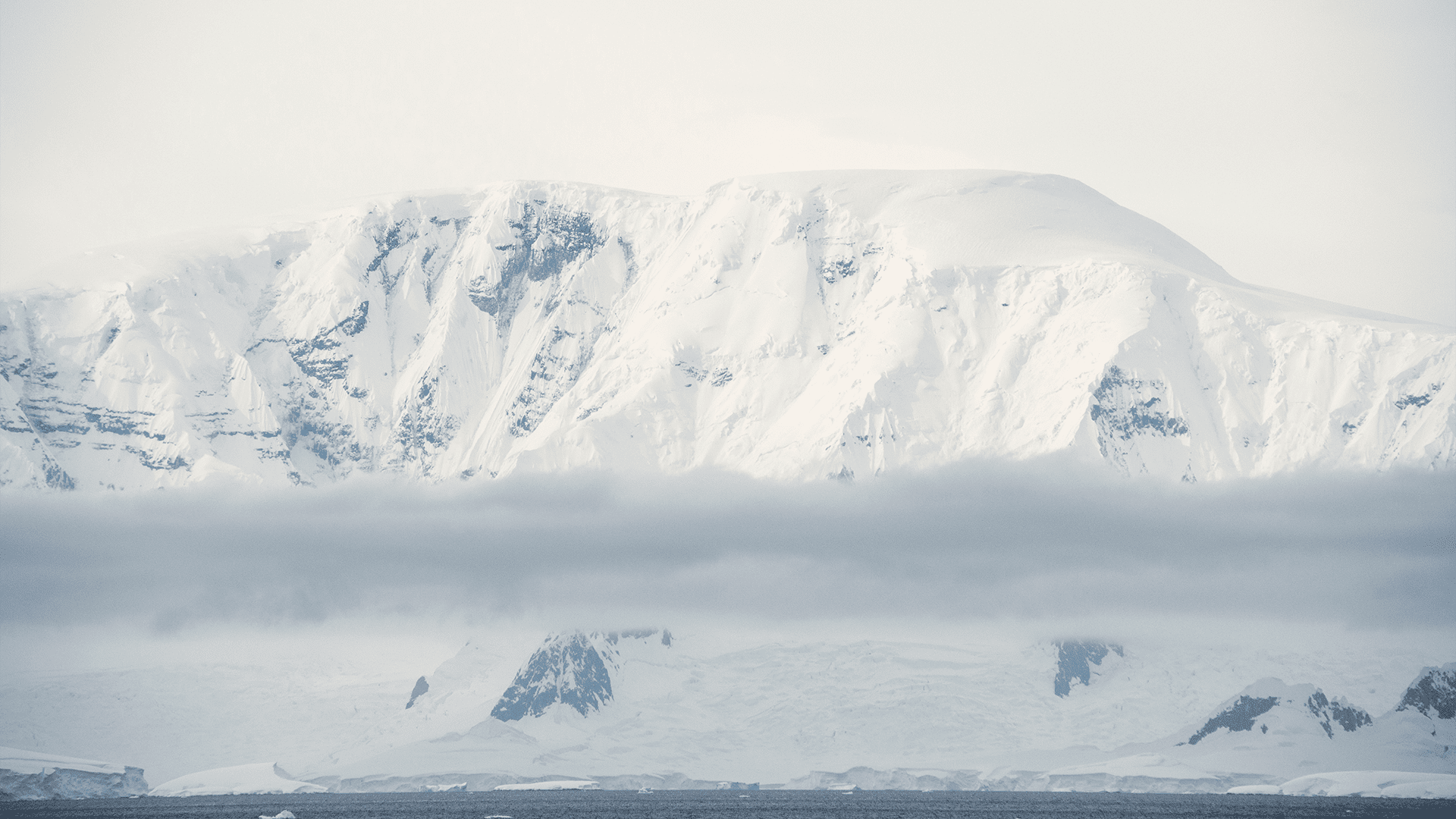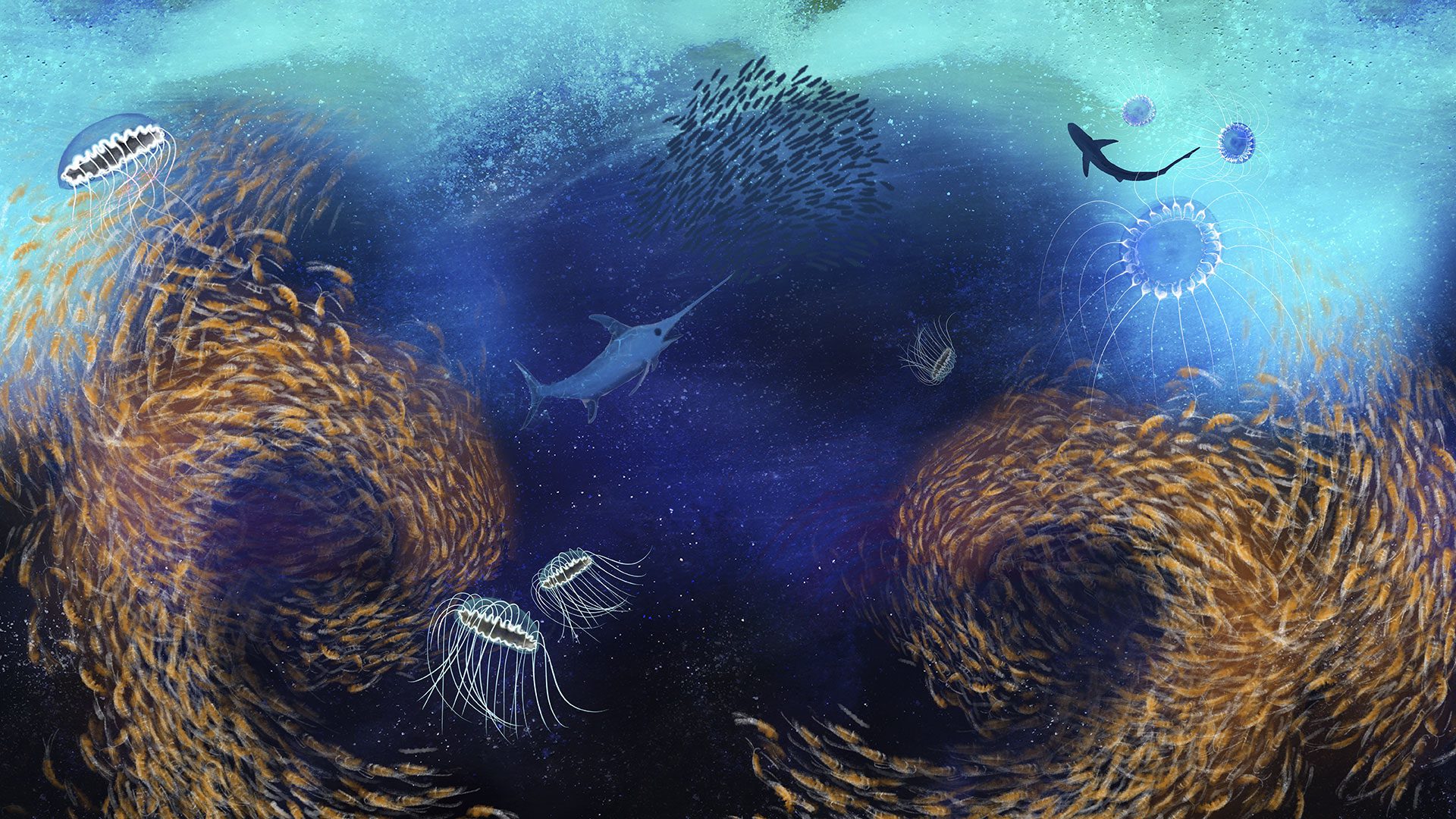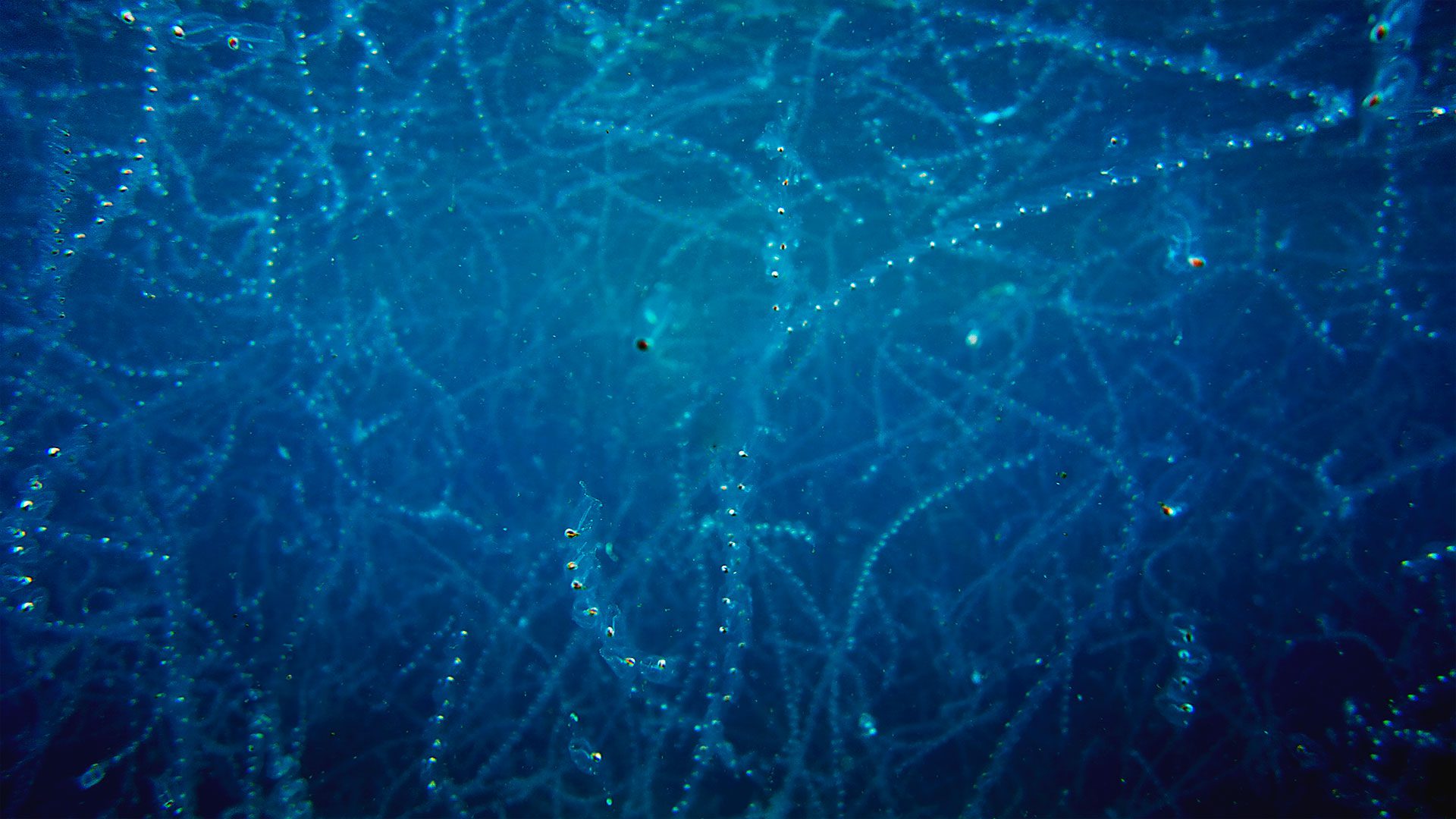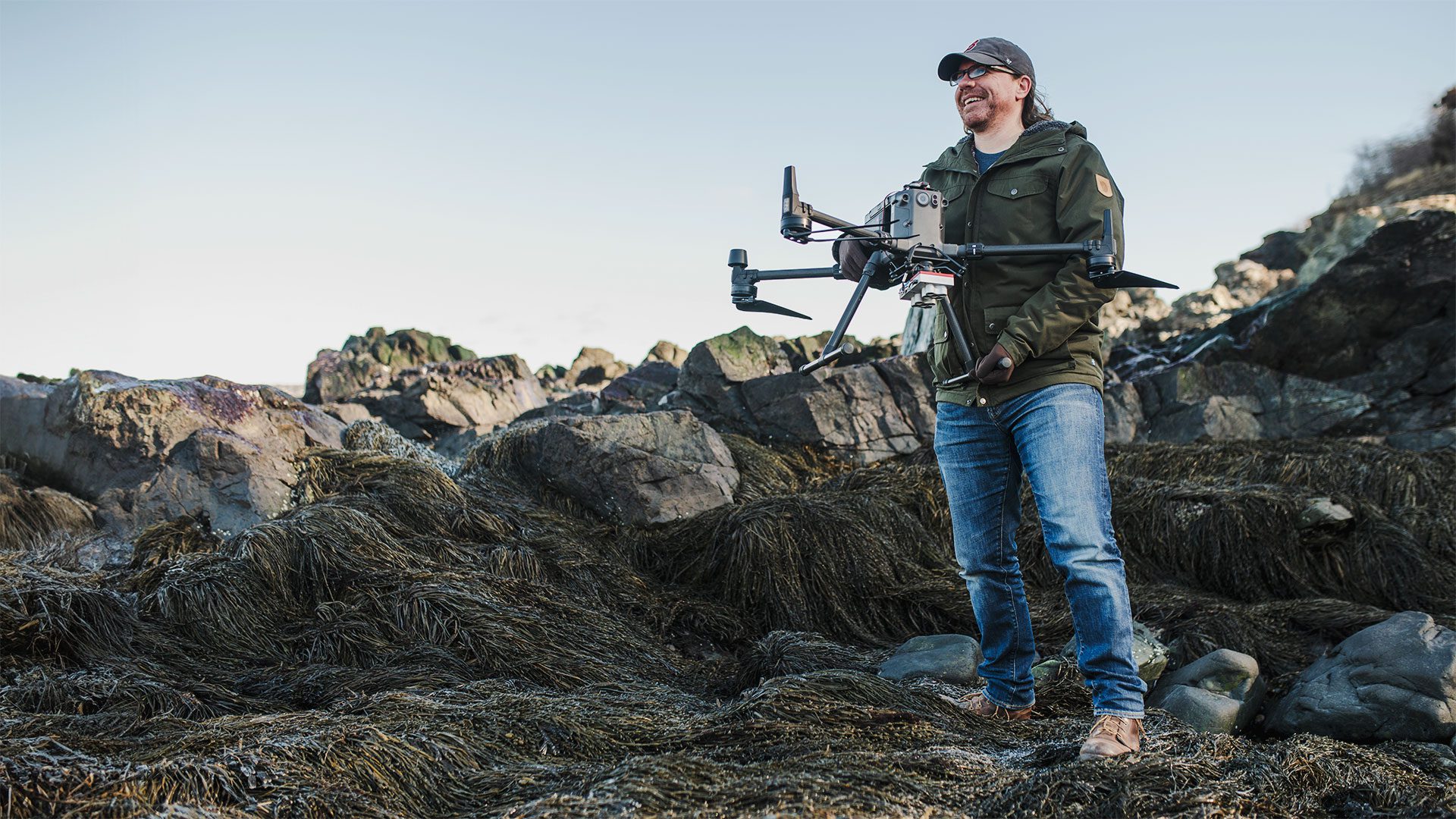
It’s always freezing in the Arctic. Or is it?
WHOI experts dig into a popular misconception that the Arctic is always frigid.
Estimated reading time: 4 minutes
It’s a common belief that the Arctic is always cold. Although that’s true of the Antarctic, the Arctic reaches much warmer temperatures than its southern counterpart.
Most people associate polar regions with snow and cold, and for good reason. These extreme locations get minimal sunlight, even during summer when daylight can last a full 24 hours. They’re home to glaciers, ice sheets, and sea ice. Because the sun stays low in the sky, it can’t transmit as much heat to polar regions as it does to areas closer to the equator, which contributes to the cold temperatures that characterize polar environments. And yet, despite both polar regions getting the same amount of sunlight during their respective summer seasons, temperatures in the north are much warmer than those in the south.
If we look at the poles, average winter temperatures reach -40° Celsius (-40° Fahrenheit) at the North Pole but a much more frigid -60° Celsius (-76° Fahrenheit) at the South Pole. What about summers? They’re definitely balmier but just as variable. Average temps at the North Pole reach 0° Celsius (32° Fahrenheit); those in the South warm to -28° Celsius (-18° Fahrenheit).
One key distinction between the two regions that drives these differences in temperature is the location and proportion of land and water. The Antarctic continent, about the size of Australia, covers much of the Antarctic region. So the southern polar region is mostly land surrounded by ocean. The Arctic region, however, is mostly ocean surrounded by land, and the ocean plays a big role in keeping the Arctic relatively warm.
“Water can absorb a whole lot more heat than the air can,” says WHOI physical oceanographer Sylvia Cole. That heat prevents the Arctic from reaching the extreme temperatures found in Antarctica.
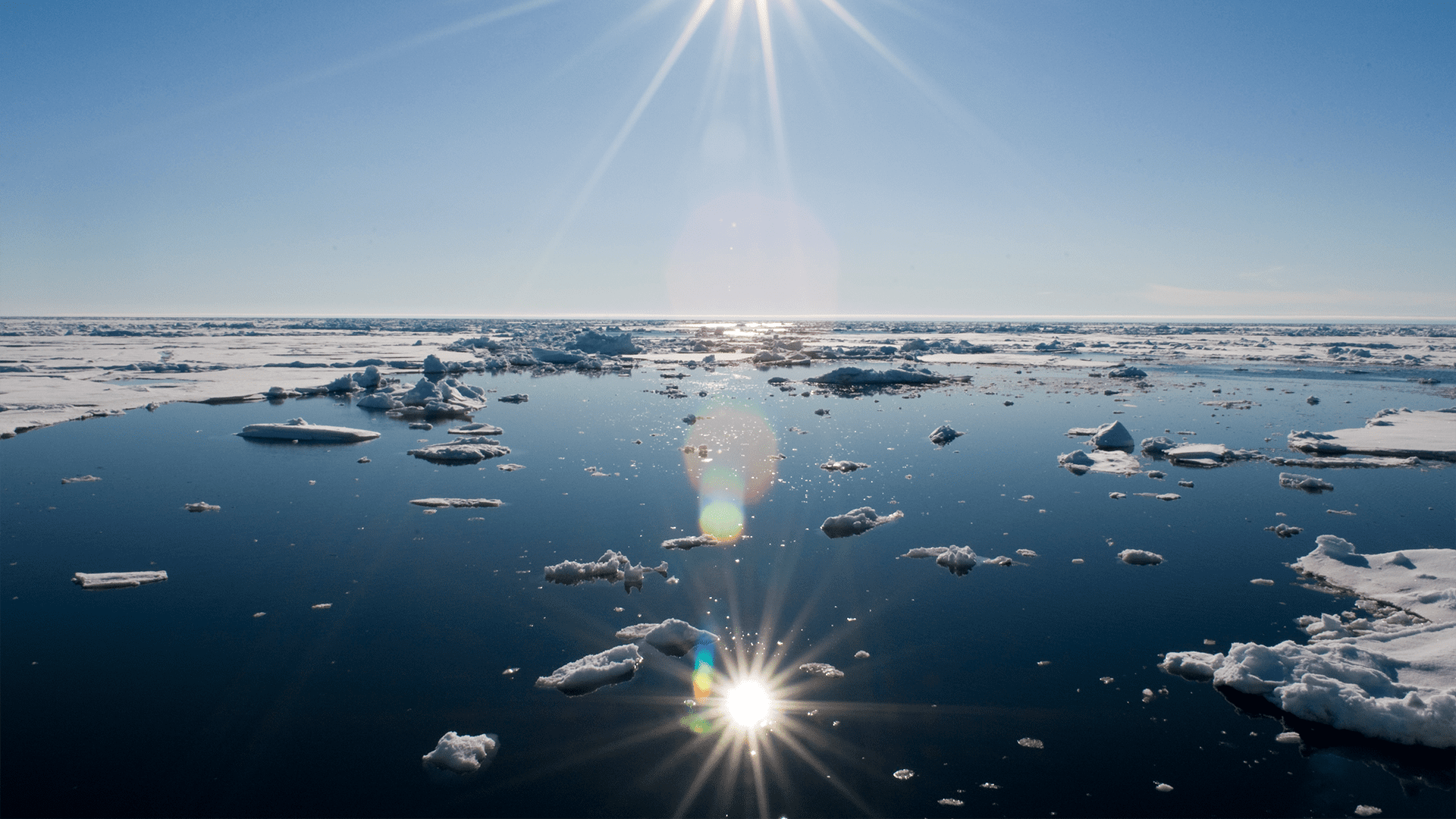
As ice accumulates in Antarctica, the land beneath freezes and continues to cool, allowing the continent as a whole to drop well below freezing. Such cold surface temperatures allow the atmosphere to also reach extreme sub-zero temperatures. This feedback process leads to accumulation of dense layers of ice. Over millennia, such buildup has created ice sheets up to 5 kilometers (3 miles) thick on the Antarctic continent. Additionally, ice reflects sunlight, radiating heat back into space, which helps keep temperatures in Antarctica extremely cold.
The Arctic similarly accumulates ice, but rather than thick ice sheets, the Arctic Ocean has only a thin layer of sea ice that sits atop a relatively warm ocean. It’s that ocean water that keeps the Arctic so much warmer than the Antarctic. To be clear, however, we’re not talking about temperatures most of us would consider warm.
“It's still below freezing,” Cole says, but “minus 1.7 or minus 1.8 [Celsius] is as cold as [the water] gets.” That’s the temperature at which surface water begins to freeze. “The Arctic Ocean can get colder than zero because it’s salty,” Cole explains.
Salt allows water to supercool before ice crystals begin to form. When seawater reaches 0 degrees Celsius—the freezing point of pure water—it’s relatively warm water by Arctic Ocean standards.
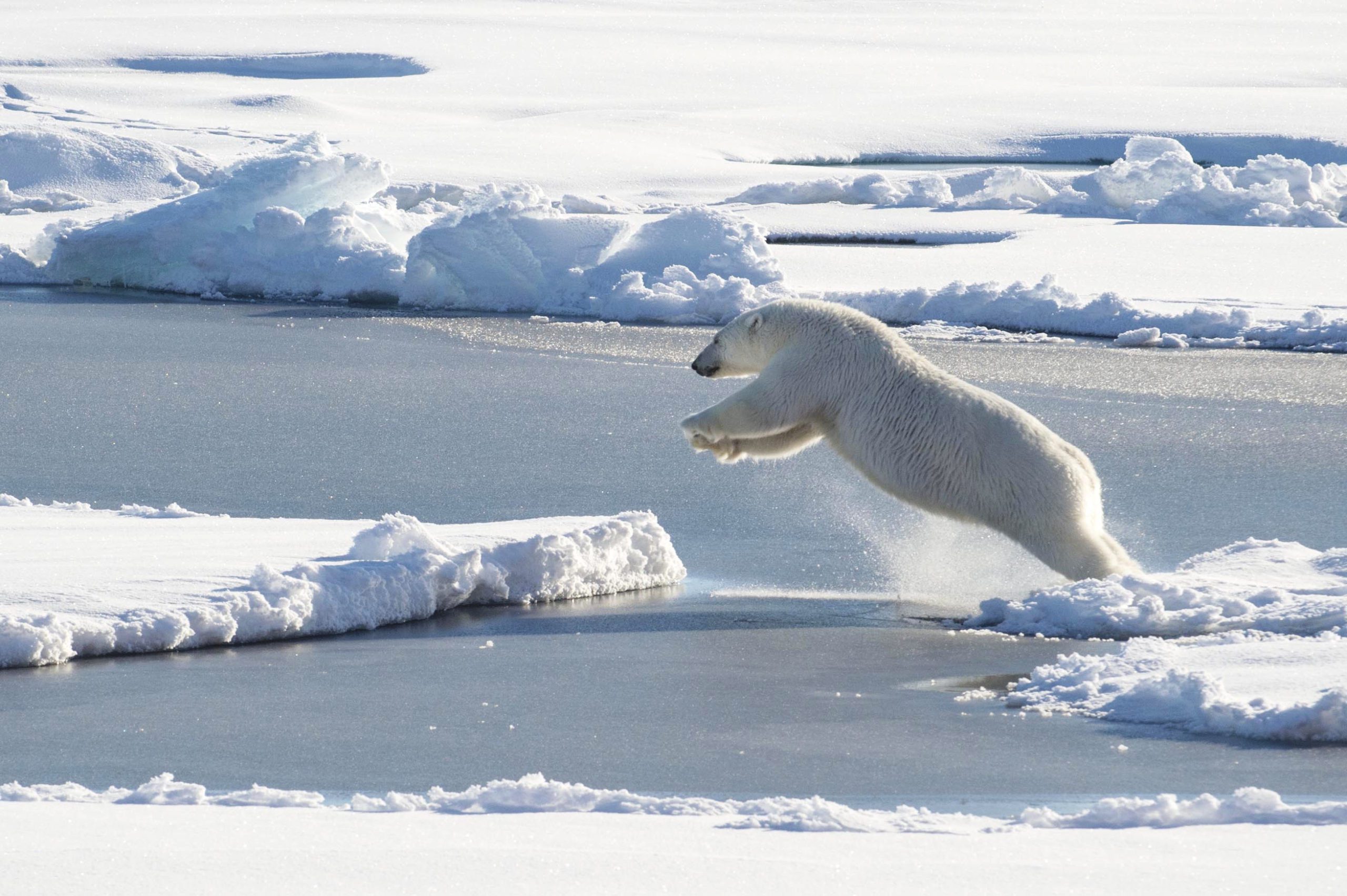
Although there may be a layer of ice between the ocean and atmosphere, it’s just 1 to 3 meters (3 to 10 feet) thick. As air temperatures drop, they freeze some of the ocean, which causes the ice to grow thicker. But there are limits to the thickness of Arctic ice, due to the ocean’s ability to hold heat. A cold atmosphere will only freeze a very small amount of the water at the ocean’s surface, and the ice that freezes in winter often melts during summer. Wind and wave action also cause the sea ice to shift, which can lead to breaks in the ice. As the ice breaks, sunlight can directly warm the ocean beneath and melt the sea ice from below.
It’s an accelerating process: as ice melts, open water absorbs the sun’s heat, which then melts more ice. “The surface waters are getting warmer,” Cole says, and “that's getting down into the Arctic Ocean and causing the ocean to warm.”
Australian Antarctic Program. Antarctic Weather. https://www.antarctica.gov.au/about-antarctica/weather-and-climate/weather/
Cole, Sylvia. Personal communication
National Science Foundation. Ice Sheets. https://www.nsf.gov/geo/opp/antarct/science/icesheet.jsp
NASA. Climate Kids: Which pole is colder? https://climatekids.nasa.gov/polar-temperatures/
NOAA. Arctic Report Card 2022. https://arctic.noaa.gov/Report-Card/Report-Card-2022
NSIDC. Arctic Weather and Climate. https://nsidc.org/learn/parts-cryosphere/arctic-weather-and-climate
Timmermans, M. L., and Z. Labe. NOAA Arctic Report Card 2022. Sea Surface Temperature. doi: 10.25923/p493-2548.
